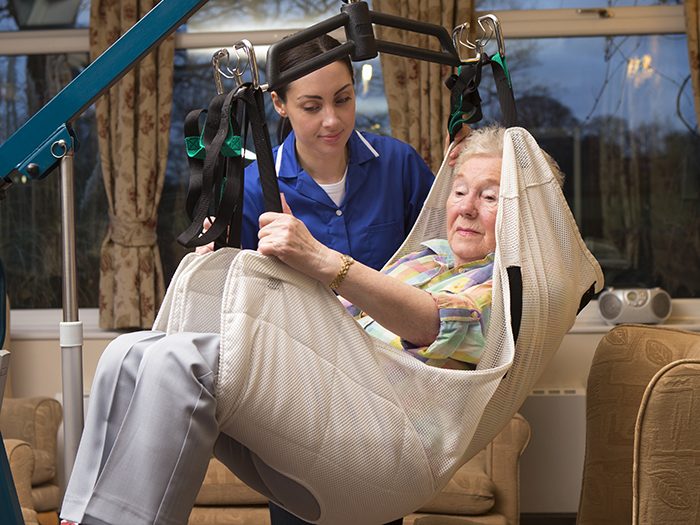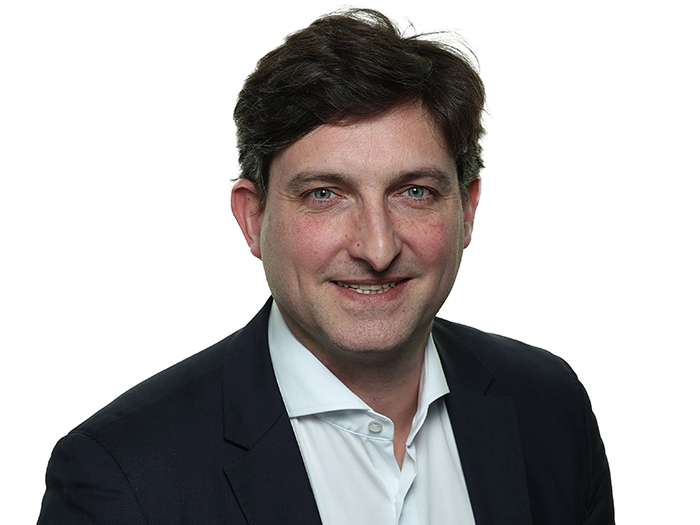Hospital Workers Are Protecting Us; How Ergonomics Can Help Protect Them

Hospitals can be especially dangerous for workers. Doctors, nurses and support staff are under tremendous pressure to help patients in critical need. They deal with sharp objects, heavy lifting and slips-and-fall risks. It makes health care among the top occupations for workplace injuries.
To learn more about prevention and management efforts in the industry, Curt DeWeese, director of Atlas Injury Prevention Solutions and Tricia Finley, manager of workers’ compensation/auto at Tenet Health, will conduct a digital session at the National Ergonomics Conference & ErgoExpo.
Titled “Managing Injuries in Hospitals: A Comprehensive Solution for a Complex Environment,” it takes place on January 26 at 2PM Eastern time.
One topic they plan to discuss is the importance of safe patient handling.
“The average age of a health care worker is about 50 or 51,” said DeWeese. “As workers age, they see decreases in strength, endurance and balance. With patients getting larger, sicker and more dependent, the work demands have increased while abilities are diminishing.”
DeWeese recommends using patient lifting equipment, mobility devices, friction-reducing devices and other modern tools that reduce the physical load.
Finley added that adoption of patient lifting equipment takes education. Workers may be worried about hurting a patient, or they’re simply used to helping them up manually.
“It’s a mindset change. If a patient falls, our nurses’ immediate response is to help them up. We’re teaching them that it takes the same amount of time to use lifting equipment to help them up without injuring yourself,” said Finley.
The speakers also plan to discuss the importance of moving mindfully. While speed is important — particularly in places like emergency rooms or intensive care units — workers need to remember they can be mindful of safety without losing time. Simple actions like inspecting a sharp refuse container before placing an item inside can prevent injury.
“Mindfulness is not a 5-minute decision. Mindfulness is a split-second decision,” said Finley. “It’s the difference between reaching down to pick up a patient or grabbing a piece of equipment. The more resources and training we provide on safe choices, the more they are top of mind when employees are hustling.”
You can join in on the discussion by registering to attend DeWeese and Finley’s National Ergonomics Conference & ErgoExpo session here. &










